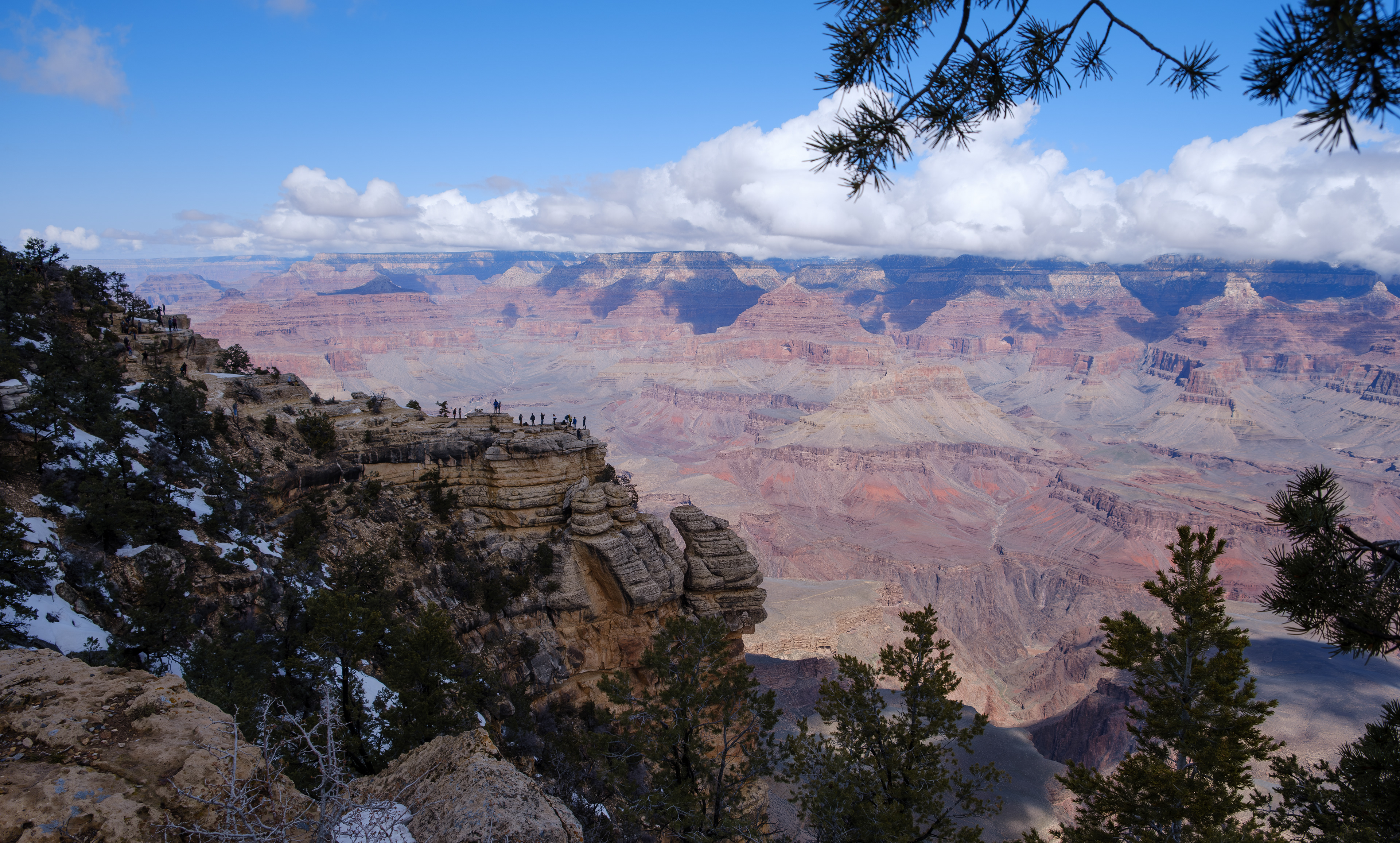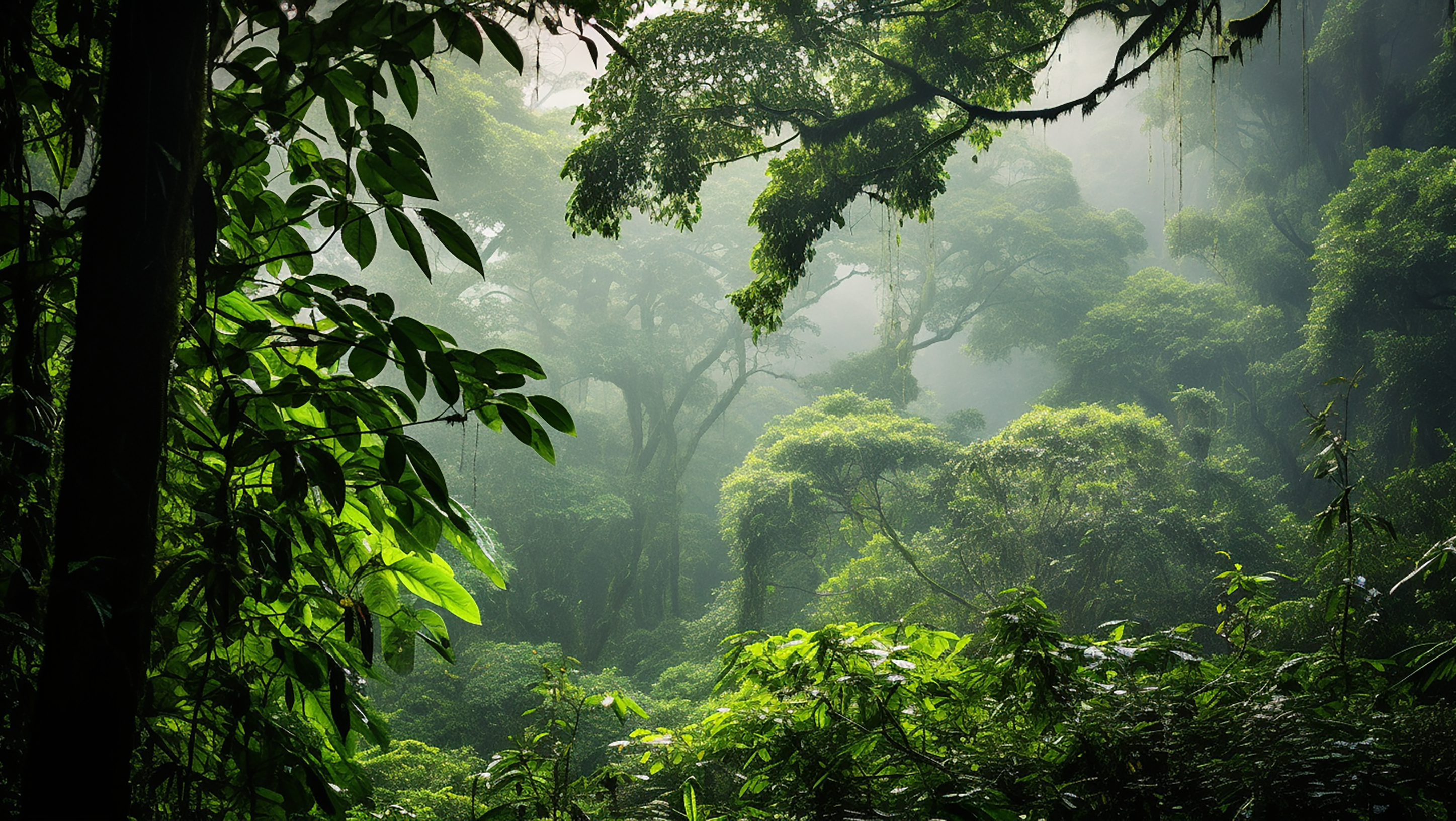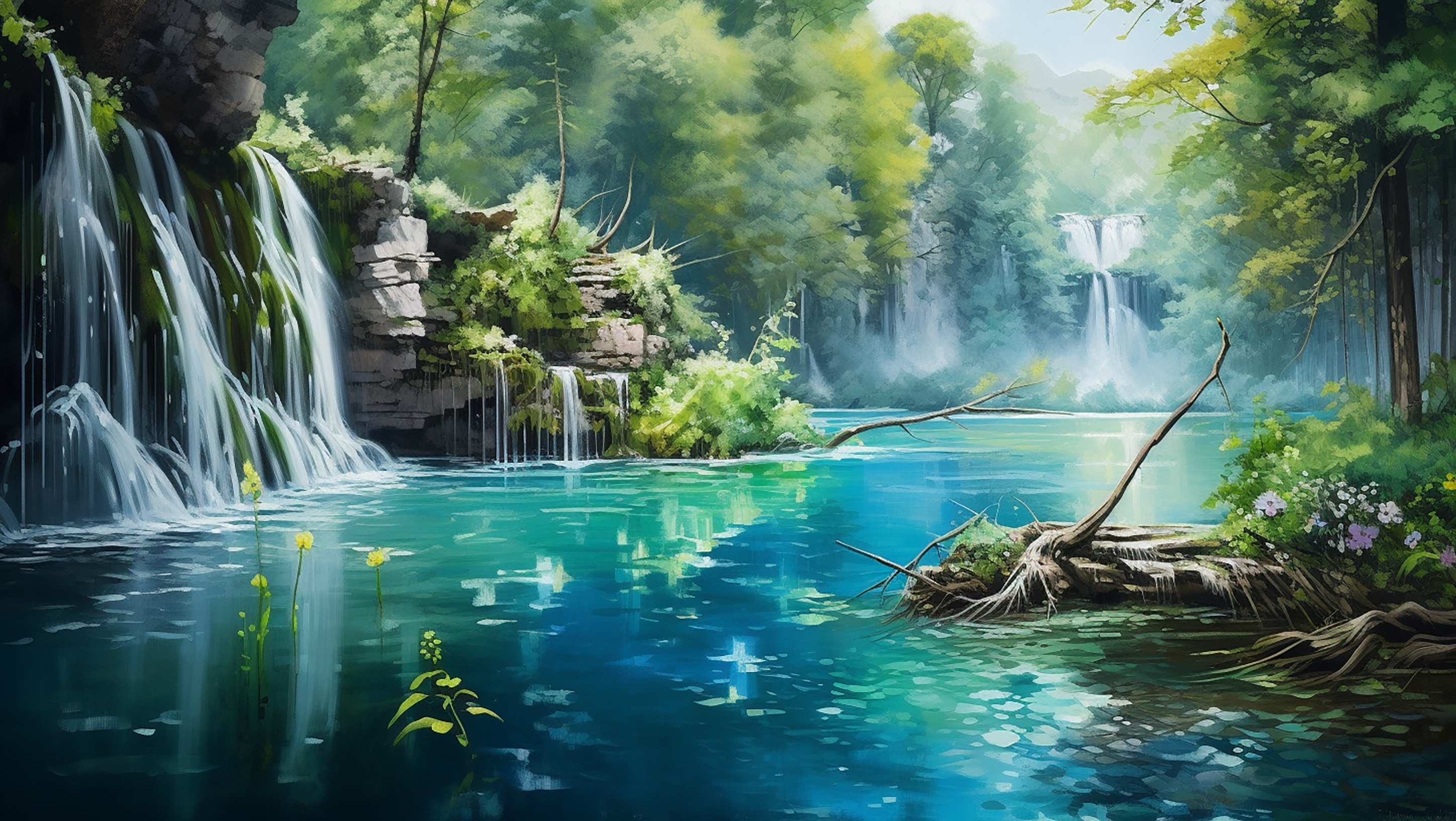Grand Canyon: A Journey Through Geological Marvels and Cultural Heritage
Finally, I found myself standing before the Grand Canyon – a geological marvel that lived up to its grandiose name. Nestled in Arizona, this awe-inspiring spectacle had been meticulously sculpted over millions of years by the unyielding efforts of the Colorado River and countless other natural forces. The Grand Canyon transcended visual splendour, serving as a living encyclopedia of history, science, culture, and environmental significance.
As I stood at the canyon's edge, the vast expanse of geological history stretched before me, with origins dating back an astonishing 2 billion years. Each layer of rock whispered secrets from a different epoch, revealing a captivating tale of the canyon's formation. The Colorado River, never one to rest on its laurels, continued to carve through the landscape, ensuring the Grand Canyon's saga would be told for aeons to come.
The Grand Canyon was also steeped in cultural heritage. For millennia, it had been home to various Native American tribes, such as the Hopi, Navajo, and Havasupai. The canyon valley silently bore witness to the lives of these ancient peoples, preserving their stories in the form of archaeological relics and sacred sites.


















